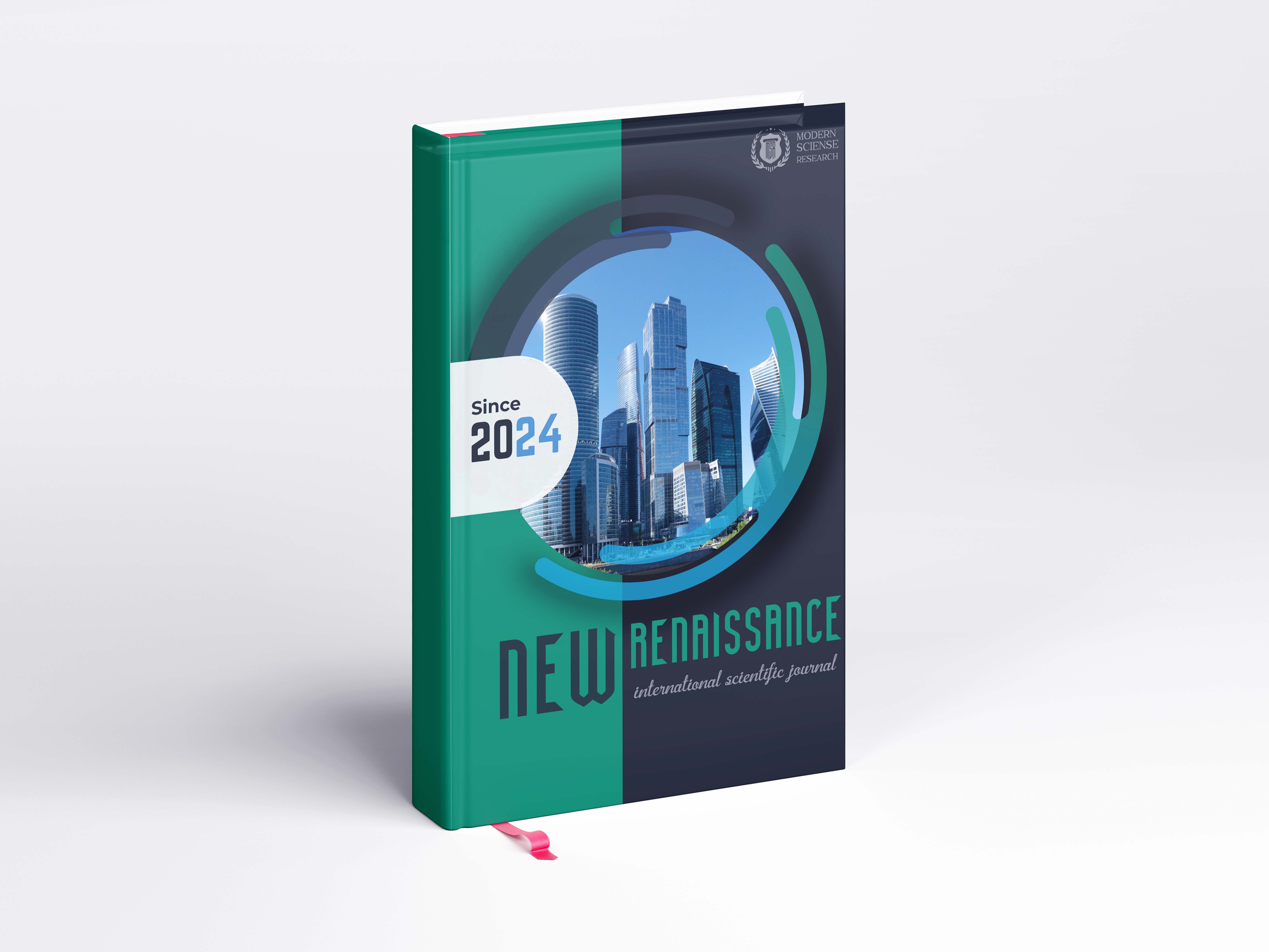Аннотация
Sudden cardiac arrest (SCA) is one of the leading global causes of death, responsible for more than 350,000 deaths annually in the United States alone. It is defined as the abrupt loss of heart function, often resulting from arrhythmias such as ventricular fibrillation (VF) or pulseless ventricular tachycardia (VT). Immediate initiation of high-quality cardiopulmonary resuscitation (CPR) and rapid defibrillation significantly increases the chance of survival. This article reviews the latest international guidelines, evidence-based practices, and technological advancements in first aid and early emergency response to cardiac arrest.
Библиографические ссылки
American Heart Association. 2020 AHA Guidelines for CPR and ECC. Circulation. 2020;142(16_suppl_2):S366–S468.
Perkins GD, et al. European Resuscitation Council Guidelines 2021. Resuscitation. 2021;161:1–60.
Benjamin EJ, et al. Heart Disease and Stroke Statistics – 2024 Update. Circulation. 2024;149:e1–e122.
Panchal AR, et al. 2020 AHA BLS Guidelines Executive Summary. Circulation. 2020;142(16):S337–S357.
Lentz MJ, et al. Impact of AED Access and Public Training on Cardiac Arrest Survival. JAMA. 2022;328(6):538–545.
Couper K, et al. Effectiveness of Drone-Delivered AEDs in Cardiac Arrest Response: A Systematic Review. Resusc Plus. 2023;16:100222.
Rittenberger JC, et al. Postresuscitation care: Advances and controversies. Crit Care Clin. 2021;37(4):759–776.
Nas J, et al. Drone-assisted AED delivery vs bystander defibrillation: Simulation study. Eur Heart J. 2023;44(5):1081–1088.
